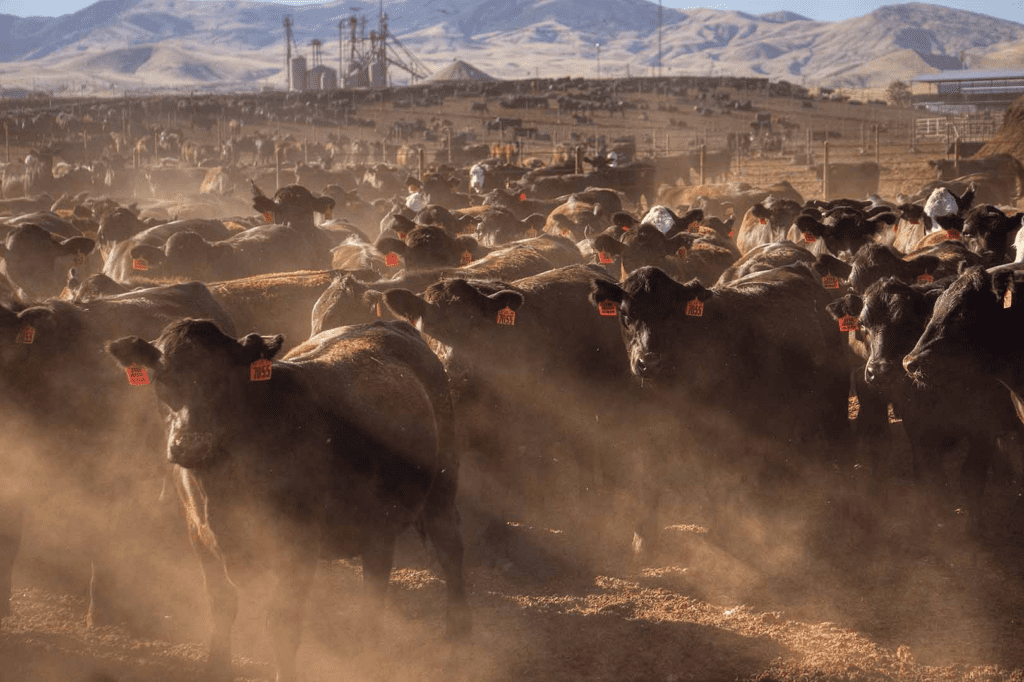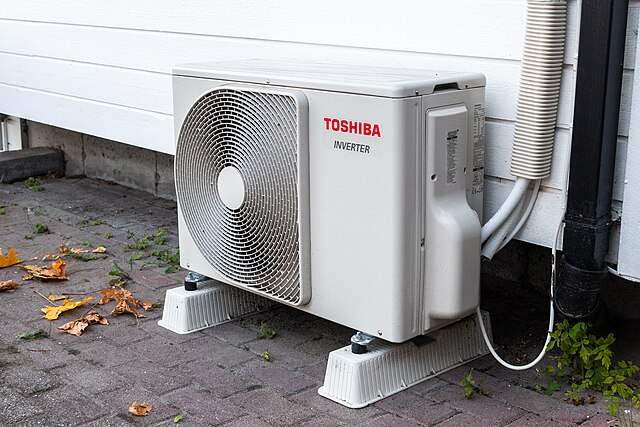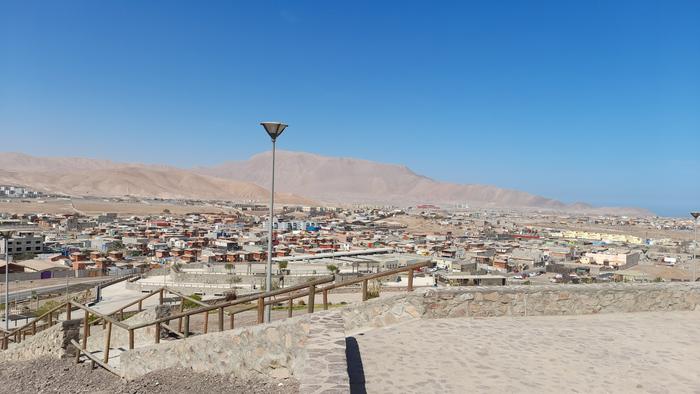Food systems are a major driver of climate change, emitting 21–37% of Global greenhouse gases (GHG). Reducing greenhouse gas emissions in food systems is becoming more challenging as food is increasingly consumed away from producer regions, highlighting the need to consider emissions embodied in trade in agricultural emissions accounting. Farms emitted 6 billion tonnes of GHGs in 2011, or about 13 percent of total global emissions. A report by researchers from Potsdam Institute for Climate Impact Research have published a new report elaborating the agricultural emissions and how important is to curb them. That makes the agricultural sector the world’s second-largest emitter, after the energy sector (which includes emissions from power generation and transport). Most farm-related emissions come in the form of methane (CH4) and nitrous oxide (N2O). Cattle belching (CH4) and the addition of natural or synthetic fertilizers and wastes to soils (N2O) represent the largest sources, making up 65 percent of agricultural emissions globally. Smaller sources include manure management, rice cultivation, field burning of crop residues, and fuel use on farms. At the farm level, the relative size of different sources will vary widely depending on the type of products grown, farming practices employed, and natural factors such as weather, topography, and hydrology.
A key element in international agreements over climate policies and emissions reduction is how countries report their respective national emissions. The absolute differences between the production-based and trade-adjusted emissions accounting approaches are especially apparent for major agricultural exporters and importers and where large shares of emission-intensive items such as ruminant meat, milk products and rice are involved. To date, these accounting approaches only consider emissions produced within a country’s borders (i.e., production-based accounting), a legacy of the Kyoto Protocol and emissions accounting frameworks provided by the Intergovernmental Panel on Climate Change (IPCC). However, with food increasingly being traded internationally and consumed away from where production takes place, the role of trade in national emissions accounting cannot be ignored.
A limited number of studies have applied trade-adjusted approaches to estimate emissions from the agricultural sector. Most emissions accounting approaches look at emissions either from a producer or consumer perspective with the role of intermediary trading countries being largely overlooked. A broad overview of food-related agricultural emissions that accounts for trade flows at national levels remains a major knowledge gap in GHG emission inventories.
In combination with trade policy regulations, such as border adjustment measures as recently proposed by the European Union for emission-intensive commodities like steel, cement, aluminium and fertilizers, such trade-adjustments would provide incentives for producer, consumer, and intermediary trading countries to consider emissions intensities in agricultural production and trade, consequently leading to more cost-effective emission reductions overall.

















